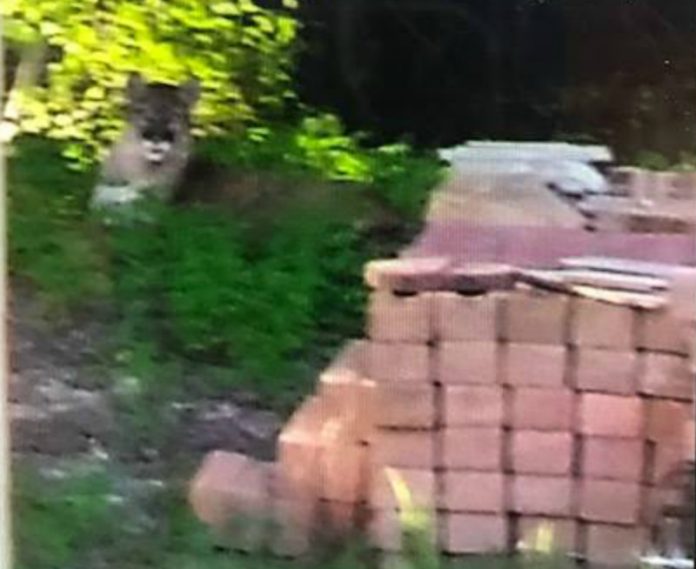Navigating social media can be a challenging, even frustrating, task.
Fortunately, the Arizona Game and Fish Department is here to provide some levity, maintaining a balance between informing the public and amusing it — even in the face of mountain lions.
Following a recent sighting of a mountain lion in a Camp Verde neighborhood, Game & Fish took to Facebook to alert residents of the heightened risk posed by the animal’s proximity, advising people who see a mountain lion to “haze” it until it leaves.
Facebook user Steph Martin asked a pointed question — the kind of cheeky query that might occur to anyone thinking of confronting a large cat: “Please explain how to ‘haze’ a mountain lion. I’m over here thinking I should force him to do shots.”
Game & Fish answered, “By ‘hazing’ we mean making it uncomfortable for the mountain lion to be anywhere near humans. If every time a cat shows up, people bang pots and pans, turn bright lights on, yell, squirt it with a hose, throw things or play loud music, the cat won’t want to stick around.
“(We’re not saying this proves mountain lions are smarter than fraternity pledges.)”
Despite the well-received humor, Game & Fish did not mince words about taking caution: “Knowing what to do in a mountain lion encounter could save your life.
“So far, (this lion) hasn’t acted abnormally, but it would be better if he found somewhere else to hunt …. Don’t leave pets unattended, remove pet food and water dishes from your porch (and) cut your bushes back to eliminate lion hiding spots.”
According to Game & Fish, mountain lions are known to occasionally wander into suburban areas in search of food. Over time, the cat will become dependent on humans for sustenance. When a person comes between the animal and its new food source, a dangerous situation can result.
“That’s no way for the cat to live a normal life, and it unnecessarily endangers both the cat and the humans,” Game & Fish said. “Scaring it away and making it uncomfortable around people is the best way to keep the animal safe.”
“No. 1, you protect small children present,” Game & Fish Flagstaff regional supervisor Scott Poppenberger said. “The second most important thing, at close range, is to make yourself appear larger. Act aggressively and resist the urge to run.”
According to Poppenberger, “99.99 percent of the time, a mountain lion is not looking at a person as a prey item” and is typically shy. Regardless, most years report an attack or fatality in the U.S. and Canada.
If a mountain lion refuses to leave a neighborhood, it will likely need to be removed, according to Game & Fish. Moving a lion from its own territory to the territory of another lion will “likely
end in a fight to the death.”
Addressing concerns that the hunting of mountain lions, legal in the state with a tag as well as when one appears on your own property, would dangerously reduce their numbers, Game & Fish said that mountain lions are not endangered.
“They are common from the Canadian Rockies all the way down to Argentina. Arizona has a healthy, robust mountain lion population …. We now have mountain lions in all 15 Arizona counties.”
To report a mountain lion sighting, contact your local law enforcement or animal control agency or call Game & Fish at 774-5045.
| Mountain Lion Encounters |
|
In case of a mountain lion encounter, the Arizona Game and Fish Department recommends the following:
|



